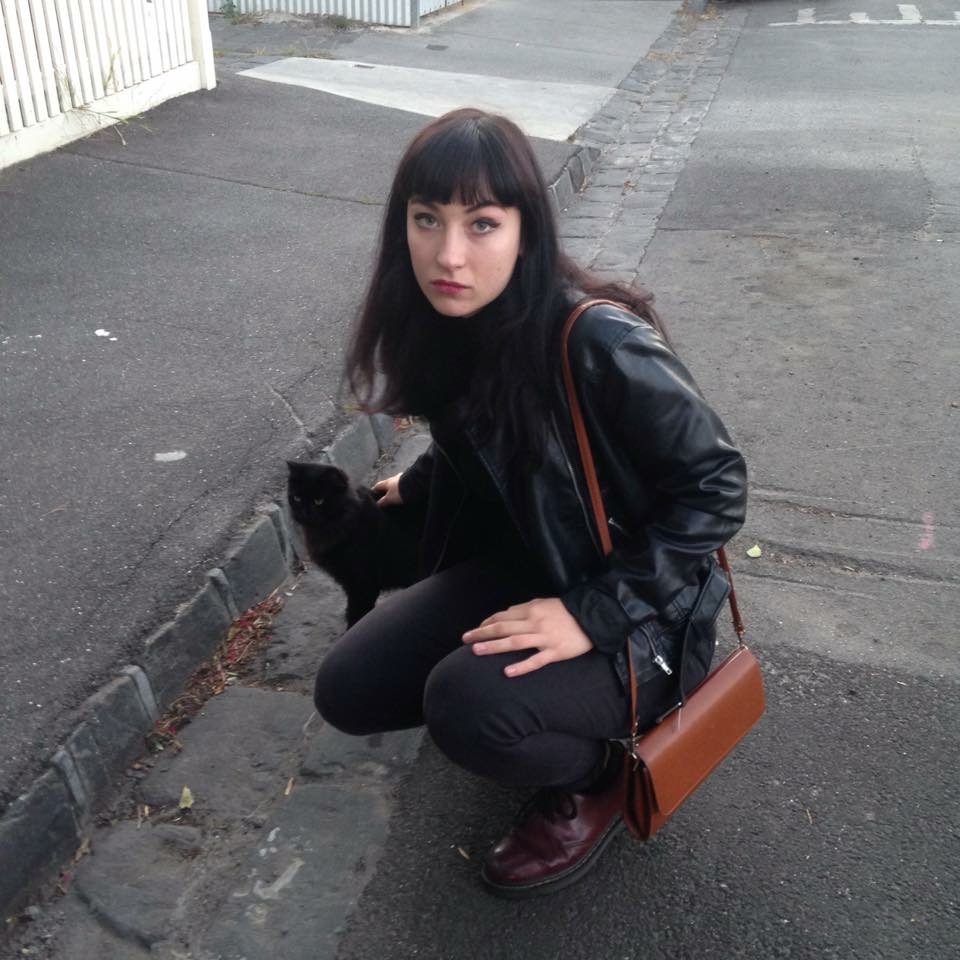Doing not being:
As discussed in this weeks reading by Walderback and Batty, scripts must find a way to externally express what a character thinks and feels internally. Walderback and Batty suggest that we can achieve this with four essential writing techniques which I’ll try to illustrate below:
- Using active verbs ie.
Adam is in the kitchen feeling miserable. < Adam crouches over the kitchen bench sobbing. - Working with environments to achieve metaphorical backdrops:
Adam crouches over the kitchen bench sobbing. A pile of unwashed dishes fill the sink. - Body movements and physical actions,
Adam crouches over the kitchen bench sobbing. A pile of unwashed dishes fill the sink. Adam sharply inhales and begins to frantically wipe his tears away with the back of his hand. - Employing objects to express inner motivations.
Adam crouches over the kitchen bench sobbing. A pile of unwashed dishes fill the sink. Adam sharply exhales and begins to frantically wipe his tears away with the back of his hand. Pulling himself together, he turns to the cupboard and begins to pack his children’s lunch.
The reading has taught me to use verbs rather than adjectives in scene descriptions to effectively express a situation. “Adam is in the kitchen feeling miserable” isn’t straightforward enough to translate to screen. ” Adam crouches over the kitchen bench sobbing. ” is visual and active, more direct and dramatic. In a class exercise we were asked to rewrite an emotional situation and translate it into visual storytelling. The prompt I chose was:
Rinaldo’s so tired of his children’s bickering. He can’t bear to be a single dad and is at the end of his tether. He feels guilty and angry with himself.
I wrote:
Crumbs crunch under Rinaldo’s shoes as he walks down the hallway. His fists clench at the sound of thumping feet racing upstairs. He draws his leg back and punts a discarded teddy bear across the room, the force of which triggers the bear to play a monotonous electronic jingle – “You Are My Sunshine”.
At this point the class suggested to construct a moment between the bear, the song and Rinaldo that shows guilt. These are my suggestions:
- Rinaldo looks up to see a shadow in the doorway. Connor (9), quizzically stares back at his father.
- From across the room, the pathetic bear’s button eyes bore into Rinaldo’s, A look of pity washes over Rinaldo’s face. He sighs deeply before collecting the strewn toys into a wicker basket. He gently places the bear on top.
I think what works in this technique is that it keeps my writing dynamic and full of movement. It’s much more entertaining to read and carries the narrative rather than placing it there. The still sentences look a bit chunky. Sometimes I feel like I’m directing or ordering a character around rather than letting them find their motivation naturally. Is this something that comes with a fully realised character? Right now Rinaldo is a stranger to me, and I am not invested in him or his past/future, and thus I suppose I feel like I’m directing him around. I suppose a character organically moving through a story would come with understanding their motivations, personalities, and what they would/wouldn’t do. Hopefully the deeper I write on a character in this studio the more this becomes realised.
